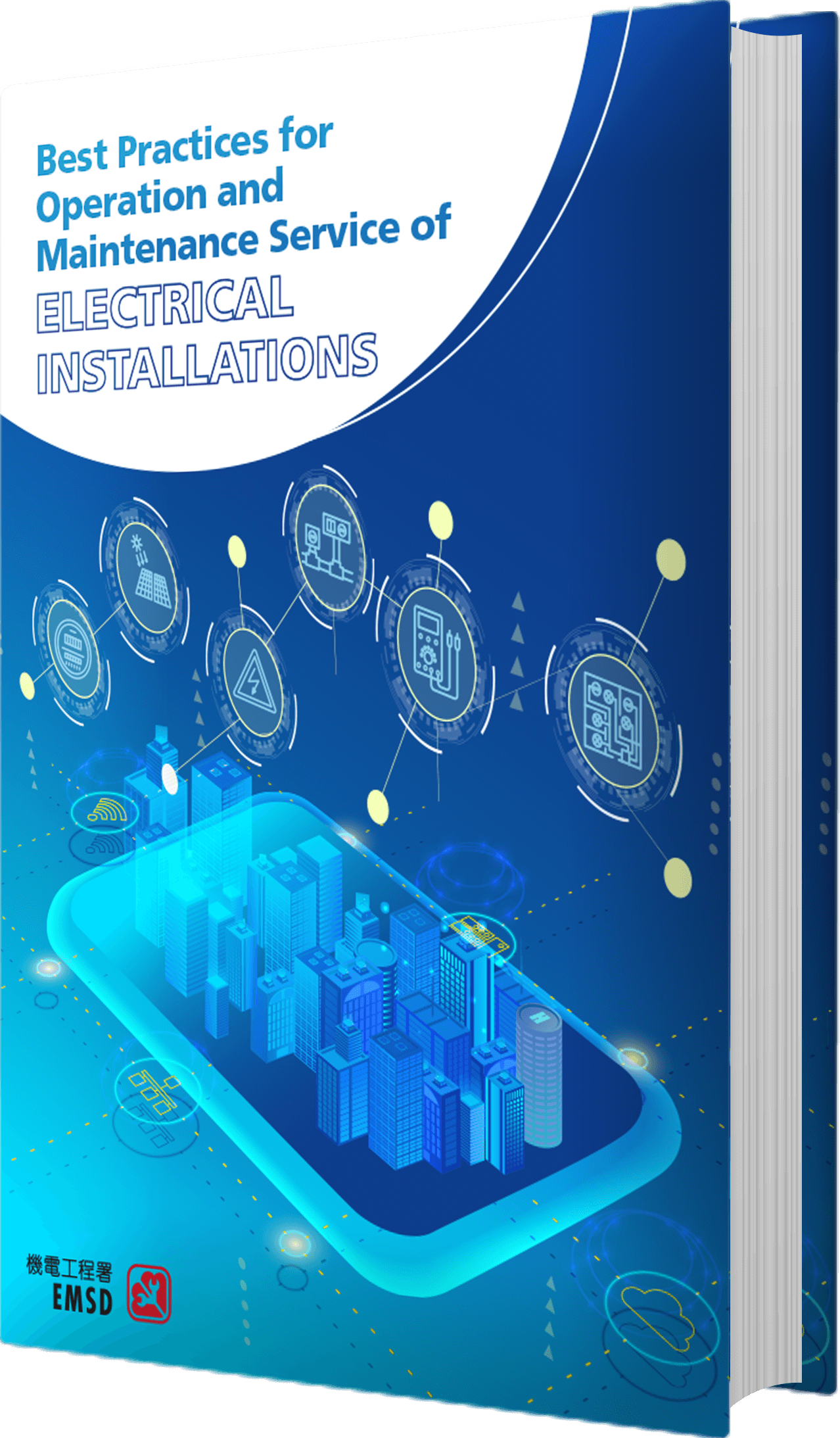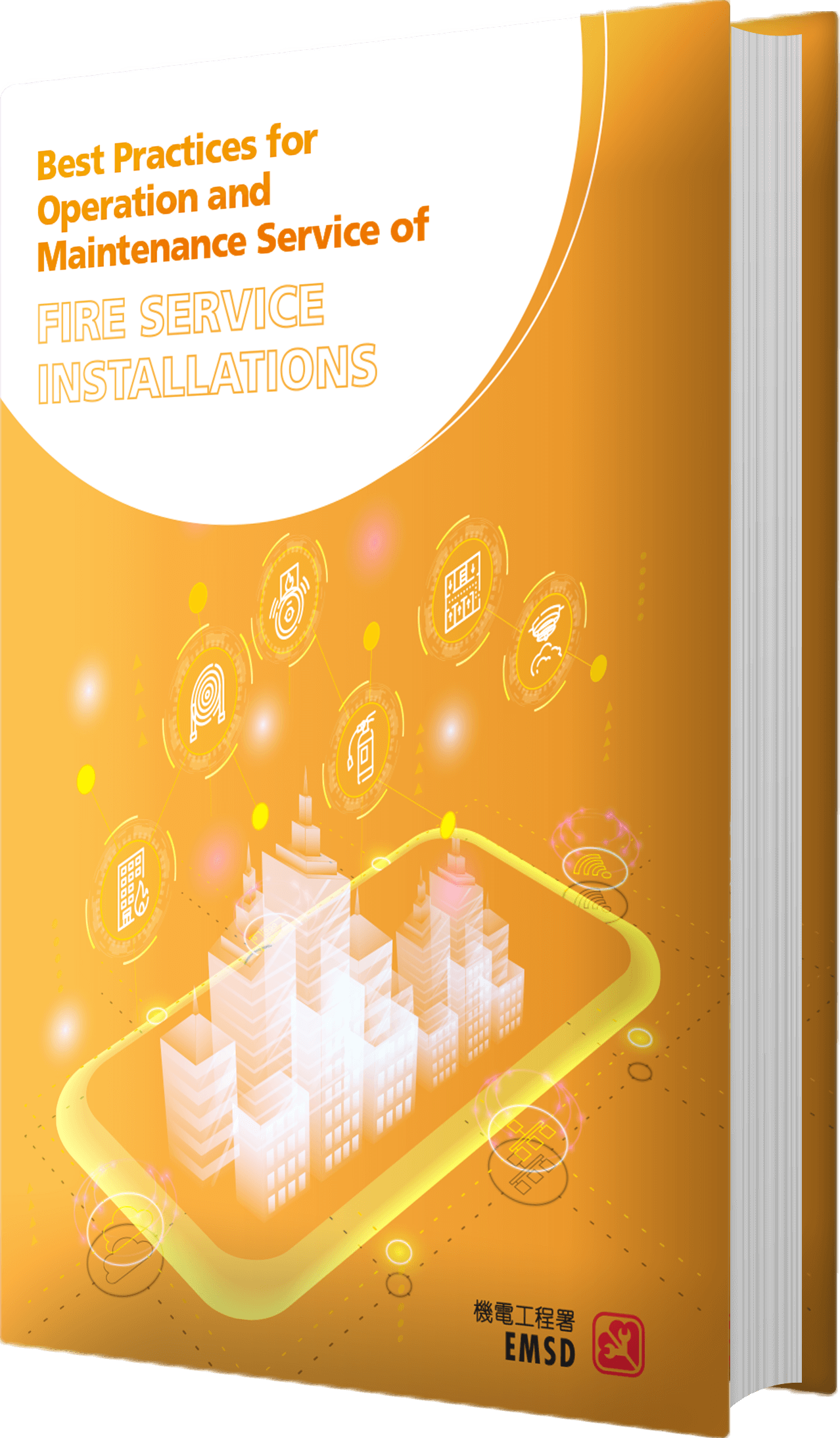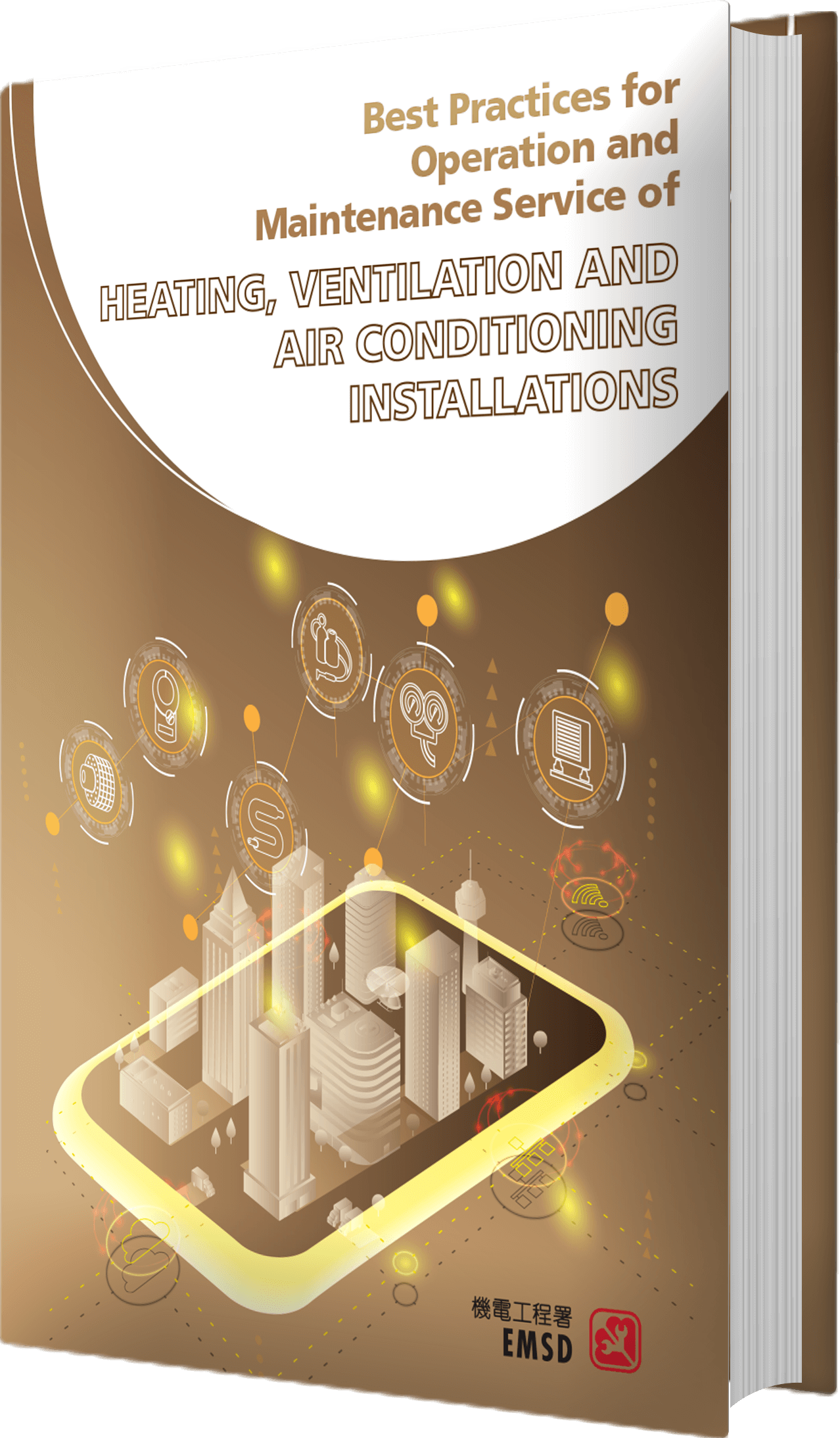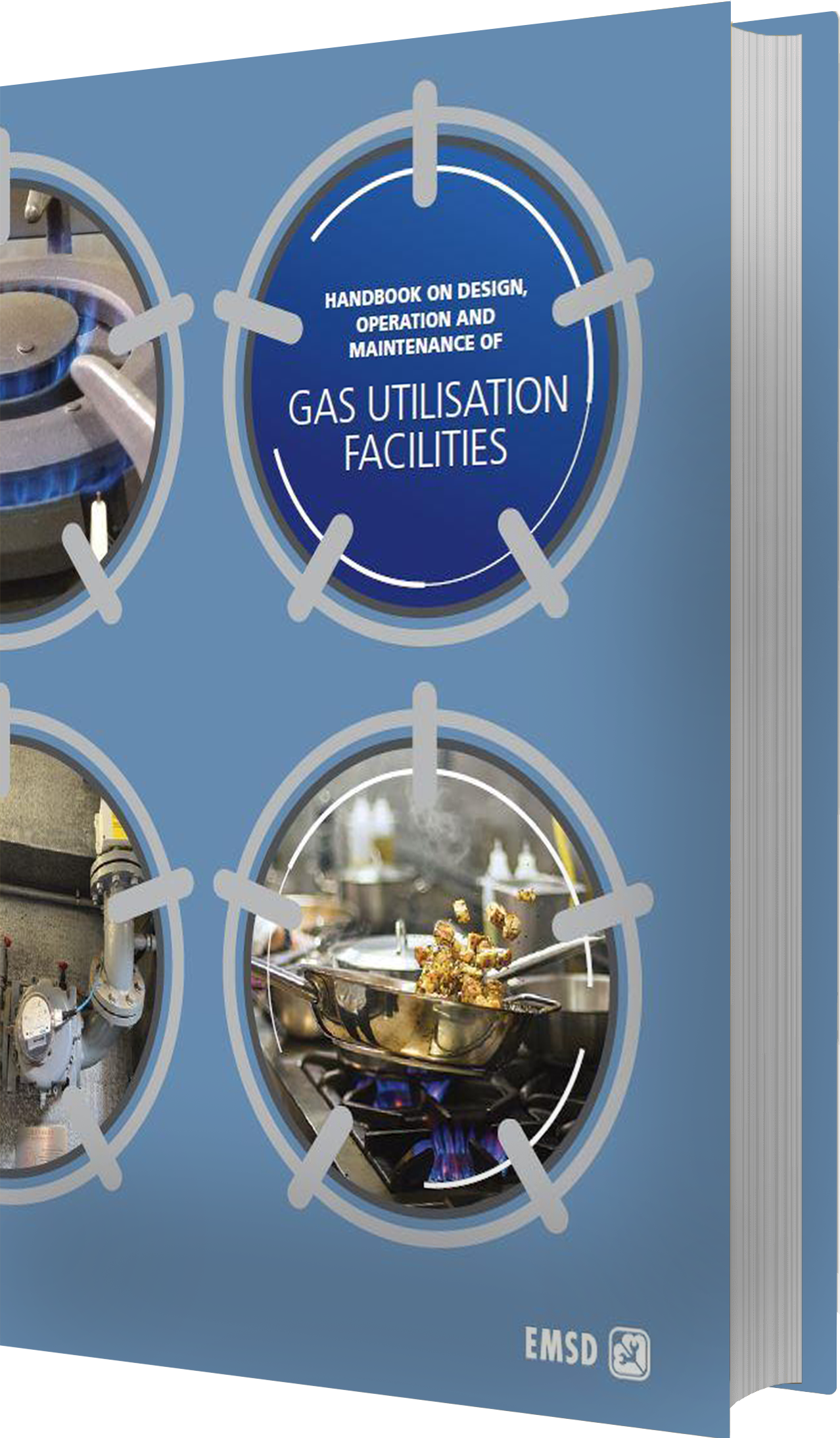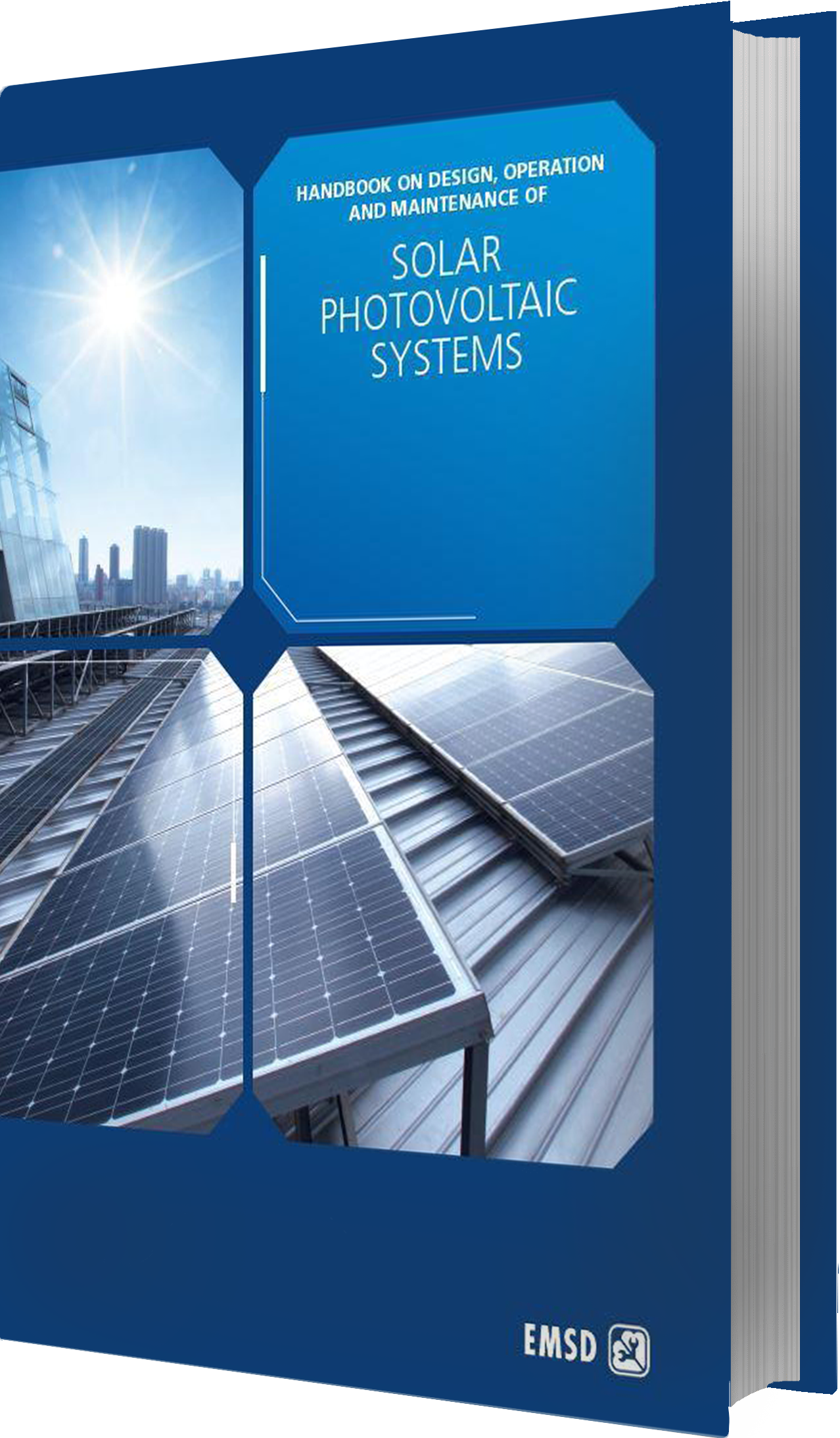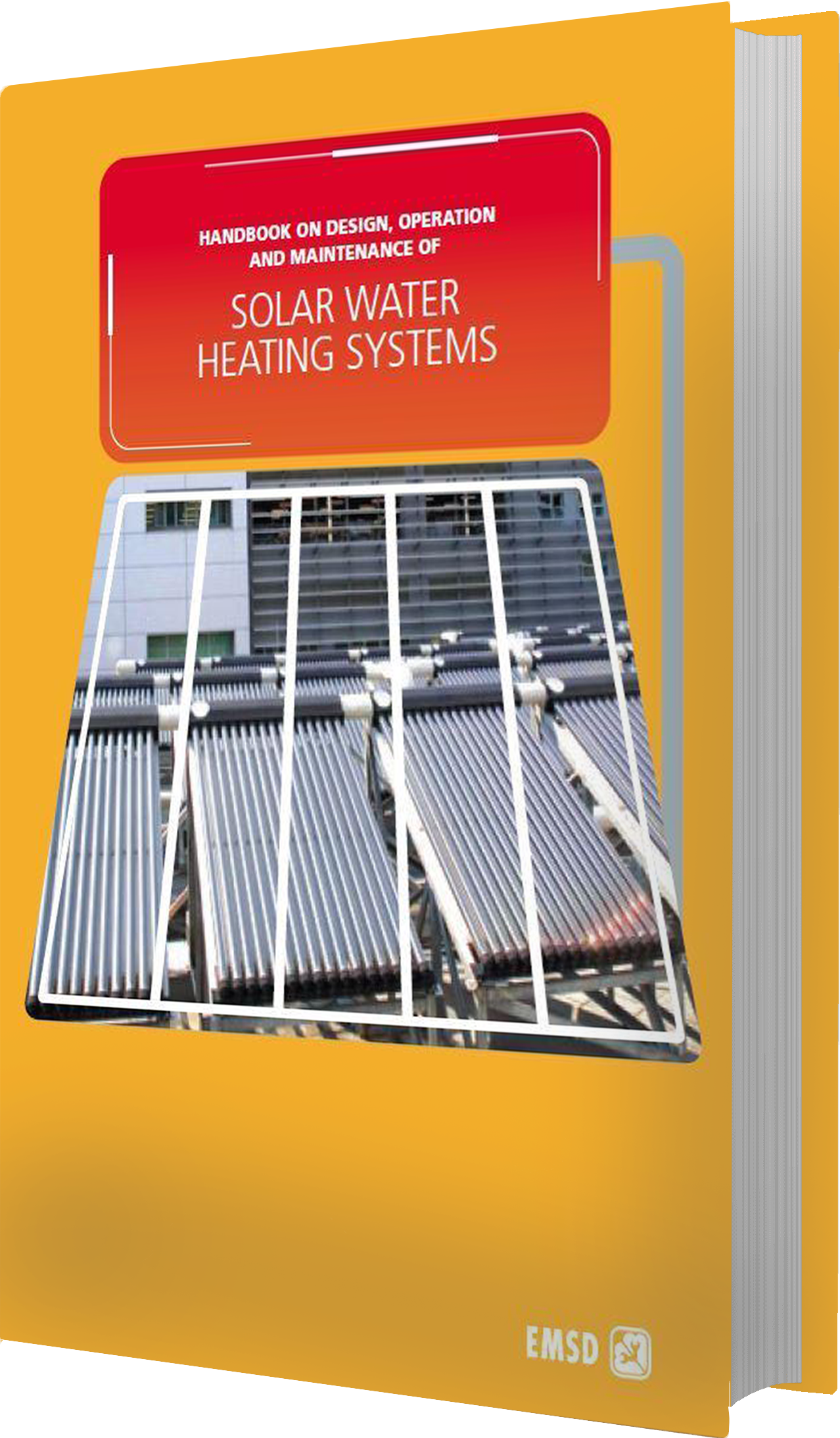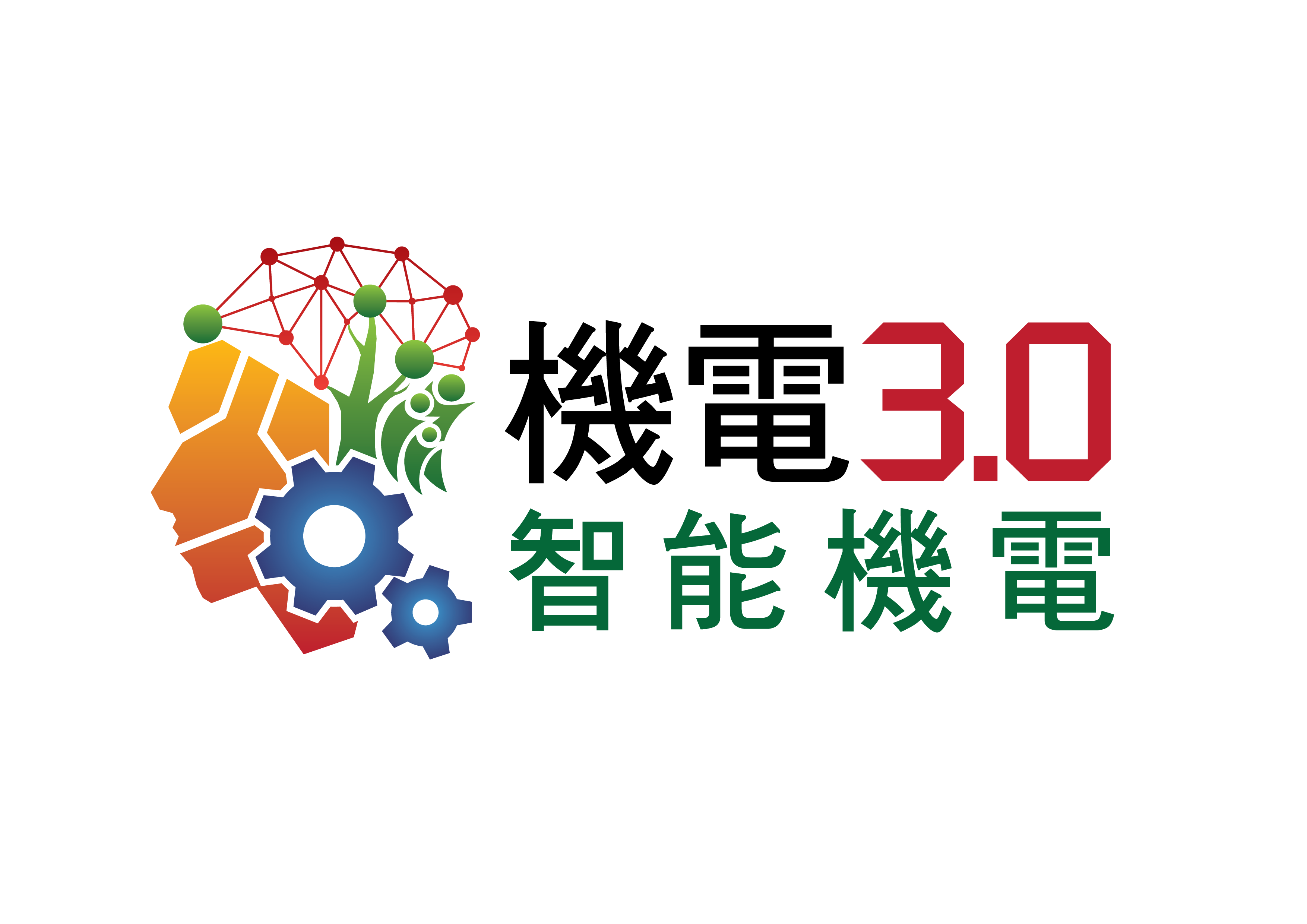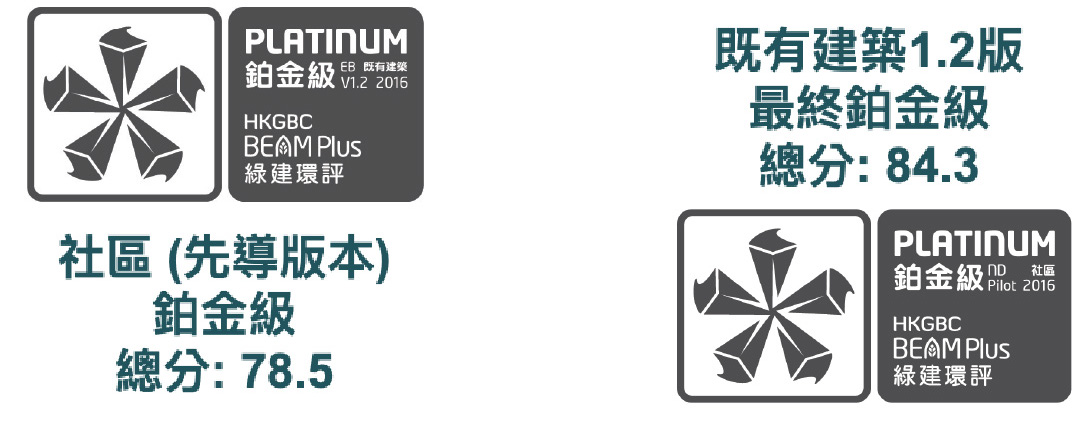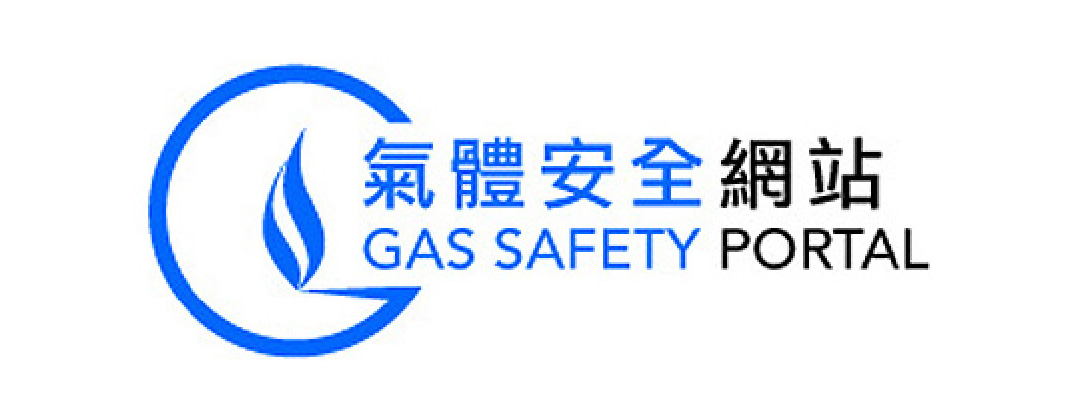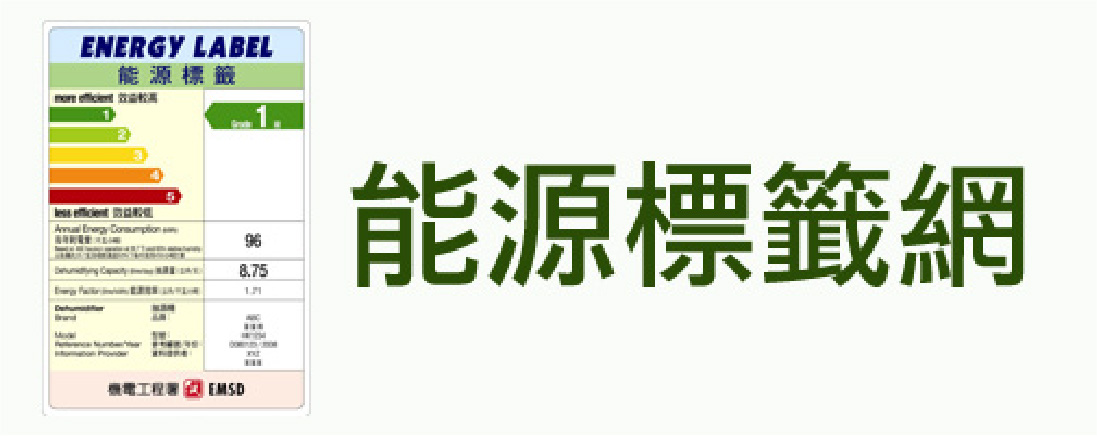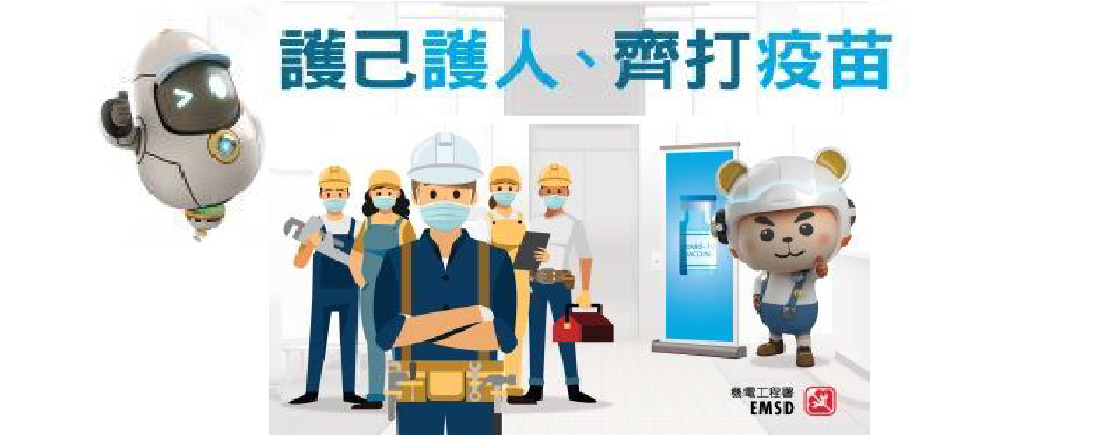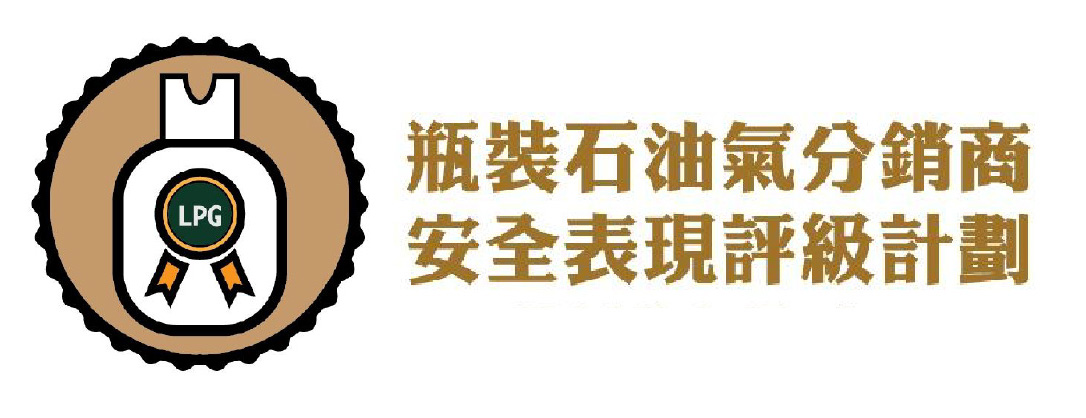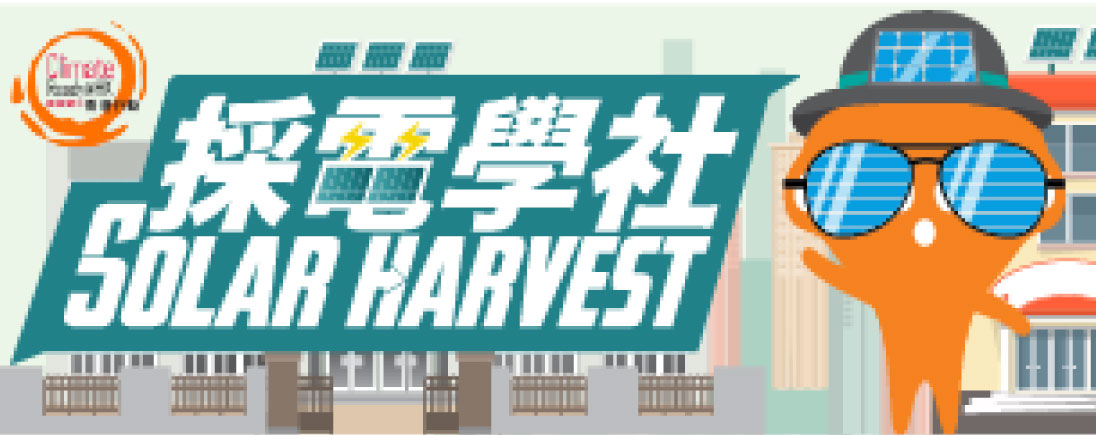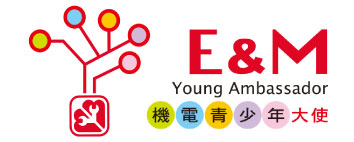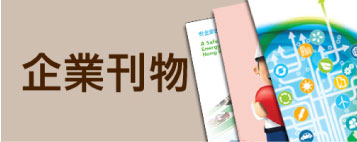Innovative and Technology Initiatives
3. Innovative & Technology Initiatives
The operation and maintenance of buildings have already been facing several critical challenges, including the aging workforce, aging assets and climate change. The new generation of smart technologies such as artificial intelligence, asset management Internet of Things, building management system, building information system or even specialised drone-enabled automation applications would have brought further challenges to us with safety and well-being of occupants and visitors inside buildings elevated to a completely new level. Building O&M practitioners shall endeavour to adopt innovations, technologies and best practices/guidelines to improve the management of E&M assets, thereby enhancing the resilience and intelligence of government buildings.
Below are 3 emerging technology trends that may have impact on facilities management industry.
3.1 Technology Trend 1: Building Information Modeling for Asset Management (BIM-AM)
Although not a new technology, Building Information Modeling-Asset Management (BIM-AM) (BIM) is a tool used by contractors and architects to develop and scale virtual models of building projects. Giving building owners and operators a complete visual model of the facility prior to construction, it provides valuable insights into project delivery timelines and budgets. BIM software can help to simulate best O&M activities to testify operability and maintainability before construction.
When integrated with existing work order programs or facility maintenance software, BIM delivers on improved floor plans, asset information and financial estimates. As the technology continues to evolve, the importance of BIM in facilities management will continue to grow.
In recent years, EMSD has issued the BIM for Asset Management (BIM-AM) Standards and Guidelines for assets that need maintenance services. As far as the electrical trade is concerned, LV Switchboard, Emergency Generator, Lighting and Electrical Distribution are included. This standard provides the BIM modelling standard, coding standard and the information requirement for different types of Electrical & Mechanical (E&M) systems from construction stage to handover for building operation.
During design and construction stage, BIM is used as design visualisation and coordination tools. Meanwhile, asset information should be gradually built up in the BIM model so that by the end of the construction stage, the BIM model becomes an Asset Information Model (AIM) for handover to asset management.
3.2 Technology Trend 2: Integrated Building Management System (iBMS)
Integrated Building Management System (iBMS) is a master control system that integrates the electrical, mechanical, air-conditioning and building services (EMABS) systems into a single application for easy monitoring. Through iBMS, real-time operational parameters or asset operation data can continuously be collected from digitised equipment/installations such as electrical, lighting, emergency generator, airconditioning, lift & escalator, fire services and general electronic installations. iBMS offers an automatic fault/alarm reporting system with the pre-alarm function that enables maintenance staff to take early action to prevent potential failure. It features Building Energy Management System (BEMS) applications utilising both historical and real-time asset operation data such as energy consumption, control set points, sequence control, operation schedule, environmental conditions, etc. for identifying energy management opportunities so as to formulate control strategies and control settings to optimise the energy performance. There are also insight applications exploring the available data, such as hours of operation, cycles for a specific asset, operation conditions, fault/alarm statistics and trending, failure frequency, time to failure, etc. to monitor and analyse asset health; to identify correlations and regression among the data for unveiling of equipment degradation; and to compare drivers and risk factors so as to flag up actionable insight to detect anomalies and to augment O&M effectiveness.
For electrical installations, an iBMS application typically includes the following elements:
iBMS can help to achieve certain performance targets in respect of power quality and energy management, for example, to achieve minimum 0.95 Total Power Factor (TPF), less than 4% THD for incomers at or above 2000A, and maximum current unbalance of not exceeding 10% for circuits at or above 400A.
3.3 Technology Trend 3: Predictive Maintenance using Artificial Intelligence (AI), Internet of Things (IoT) and Big Data
Artificial intelligence (AI) is the broader concept of machines being able to carry out tasks in a smart manner. AI also refers to machines imitating and bettering human performance. More adaptive than traditional systems, AI holds an array of capabilities for enhanced performance in the FM industry.
A part of AI, machine learning is a current application that provides machines access to data and allows them to draw insights on their own. With machine learning, FM organisations can better predict how much time an asset, such as a building, has before its performance degrades or fails. From online chatbots in customer service to finding patterns in historical data through the use of algorithms, AI will expand and benefit all departments within an FM organisation.
The Internet of Things (IoT) refers to the network of internet accessible devices utilised by organisations. Relying on tools such as sensors, thermostats and actuators to evaluate data and reduce the amount of energy used for tasks, IoT systems effectively reduce energy bills and provide insightful data to improve occupancy within all facilities.
With various sensors generating data, FM organisations are able to identify issues and potential problems faster and easier.
Big data refers to data analytics involving large amounts of data available from different sources or systems, such as condition monitoring systems in the FM industry. Traditionally these datasets are stored and analysed independently. With the advent of IoT and other technological advancement, the discrete datasets can now be stored and analysed together for a more complete picture of asset health or for predictive analytics.
Predictive maintenance is generally conducted based on data analysis on fault history and equipment condition. Implementation of iBMS or similar platform for digitised asset management, together with the application of AI, IoT and big data, can strengthen predictive maintenance of the assets. It can predict possible equipment failure and hence facilitating overhaul/replacement/repair before the predicted failure. As a result, advantages like better asset availability (less downtime), improved system reliability, shortened maintenance time and reduced maintenance costs can be achieved.
3.4 Technology Initiatives
Based on the above five technology trends, the technology initiatives in respect of the 15 key attributes are summarised below for reference.
| O&M Aspect | Feasible Initiatives | Reference |
|---|---|---|
| O&M Input on Design for New Building |
a)
Design and construct electrical installations with BIM;
b)
Simulate best operation and maintenance activities using BIM or other simulation
software to testify operability and maintainability of electrical installations
before construction.
|
•
BIM for Facility Managers issued by International Facility Management Association
(IFMA)
•
BIM-AM Standards and Guidelines issued by EMSD
•
Housing Authority BIM Standards and Guidelines
|
| Asset Information (Documentation) |
a)
Adopt computerised asset information model such as BIM-AM to maintain all
electrical asset information under an efficient AM system;
b)
Inspect, digitise and upkeep latest record and logbook for electrical installations
and equipment on regular basis;
c)
Implement mobile solution for AM record retrieval and updating, e.g. O&M manual,
fault history, etc.;
d)
Adopt Radio Frequency Identification (RFID) or QR code for AM.
|
•
BIM for Facility Managers issued by IFMA
•
BIM-AM Standards and Guidelines issued by EMSD
•
Construction Industry Council BIM Standards
|
| Operation Procedures |
a)
Simulate operation procedures with BIM;
b)
Adopt cloud-based technology to store information of electrical installations and
equipment to be accessed by O&M personnel when needed;
c)
Implement IoT-enabled self-diagnosis function for the healthiness of major
electrical equipment;
d)
Incorporate on-line condition monitoring and mobile technologies on electrical
systems to improve maintenance and reduce downtime.
|
|
| Emergency Preparedness |
a)
Identify affected areas by the electrical incidents using BIM to facilitate
effective execution of the emergency plan.
|
|
| Preventive Maintenance Procedure / Standards |
a)
Adopt new technology and innovative system for conducting of electrical healthy
check;
b)
Adopt IoT, AI and Big data for carrying predictive maintenance to eliminate
electrical breakdown.
|
|
| Corrective Maintenance |
a)
Adopt creative method and methodology for improvement of fault report, fault
attendance and progress reporting.
|
|
| Maintenance Record Management |
a)
Adopt computerised monitoring system to maintain detailed digitised maintenance
information with capability for prompt alert, review and further analysis by AI, big
data analytic, etc.
|
|
| Spare Parts Management |
a)
Utilise an automatic inventory control system to manage spare parts inventory by
prediction of spare parts requirement using AI for advance and on-time spare parts
procurement.
|
|
| Incident Management |
a)
Consider advanced management tools to help optimise system performance, e.g., BIM –
asset registers, equipment life-cycle track, system configuration, critical device
status, maintenance history, installation visualisation, etc.;
b)
Adopt IoT technologies to allow quicker and instant reporting and collect
maintenance data for future improvement.
|
|
| Addition, Alteration and Replacement (Planning and Implementation) |
a)
Design and construct electrical installations with BIM;
b)
Adopt advanced management tools such as integrated FM tools to allow quick search
of all equipment information and records, to enhance effectiveness of overall
planning.
|
|
| Environmental and Safety Management |
a)
Adopt online platform for paperless contract execution;
b)
Adopt creative method and methodology for enhancing safety during the maintenance
work of the electrical system.
|
|
| Application of Technologies |
a)
Apply new technology to improve the system reliability;
b)
Adopt I&T initiatives for enhancing the efficiency and effectiveness in the
delivery of services;
c)
Enable knowledge transfer from research to industry to interface science /
technology.
|
|
| Stakeholder Management |
a)
Establish a smart system to automatically notify stakeholders on the coming
schedules and progress of all O&M activities, addition, alteration and replacement
works.
|
|
| Information Management |
a)
Establish an iBMS;
b)
Create centralised database for automatic replacement planning for equipment;
c)
Establish an online real time server for storing maintenance related information
through mobile device;
d)
Provide online access of all information by maintenance party during preventive
maintenance works.
|
|
| Structure and Qualification of O&M Team |
a)
Provide training to O&M personnel so as to keep abreast with the technology
advancements.
|

